Description
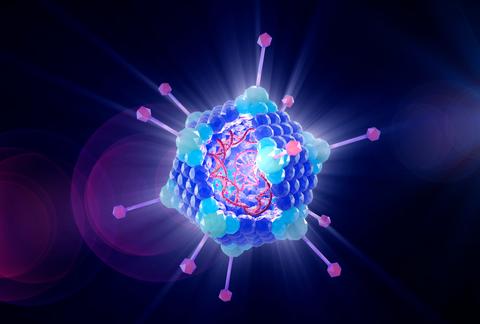
What does this gene delivery particle contain?
This project aims to develop light-scattering microscopy methods for rapid, multi-attribute characterization of gene therapy particles at the single particle level. Emerging gene therapy treatments use gene delivery particles, such as viral vectors and non-viral carriers, to cure intractable diseases. But, because these small (20 - 200 nm) and complex nano-bioparticles are difficult to produce and accurately characterize, manufactured particles suffer significant heterogeneity issues which hinder treatment efficacy and safety. To speed treatment development and improve efficacy and safety we are developing light-scatter-based optical microscopes to provide physical measurements (e.g. mass, size, concentration, composition) of individual gene delivery particles.
Overall, Gene therapy is a rapidly growing field with $13B market and 27.8% predicted annual growth in 2024. NIST is developing approaches for advanced characterization of critical quality attributes – Visit Gene Delivery Systems for broader program goals
Project Areas:
We are assembling a multidisciplinary, collaborative team of researchers with expertise across five critical project areas and are actively seeking postdoctoral candidates.
Contact us at gtp [at] nist.gov (Gene Therapy Particles)
Optics and Microscopy Instrumentation
- Design and build novel laser-based microscope systems for quantitative measurements of light scatter from individual bio-nanoparticles.
- Employ advanced image analysis techniques to interpret data, enabling precise measurements of particle loading, size, and concentration.
- Contact Alexander Peterson or Aaron Goldfain for further information.
- NRC positions here:
- PREP position here:
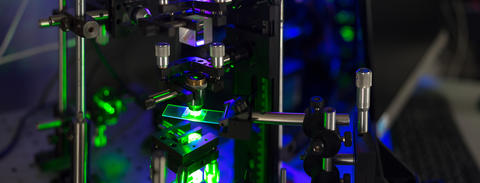
Optical Modeling

- Apply sophisticated optical models to understand image-based particle signals.
- Collaborate on developing models to extract physical properties from imaging data, forming the foundation of a comprehensive set of quality attributes.
- NRC position here:
- PREP position here:
- Contact Aaron Goldfain or Thomas Germer for further information.
Viral Vectors
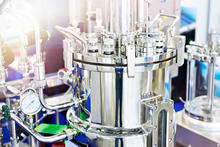
- Develop upstream and downstream processes to produce and purify viral vectors in a bioreactor.
- Utilize conventional and state of the art measurement methods to analyze viral vector titer and purity through the manufacturing process. Design orthogonal measurement assays to compare novel light scattering measurements with current methods.
- Collaborate with project team to integrate microfluidic and optical measurements with on-line bioreactor measurements.
- Collaborate with team members of Gene Delivery Systems program.
- Contact Edward Kwee for more information
AI For Image Analysis
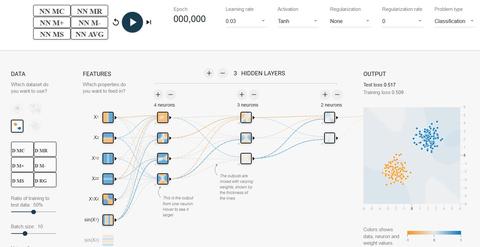
- Use artificial intelligence for image analysis for enhanced particle tracking and identification.
- Selection of optimal optical models, refining image analysis workflows, and optimizing the overall efficiency of the measurement process.
- Research enablers of high-throughput measurements in bioreactors
- Contact Peter Bajcsy for more information.
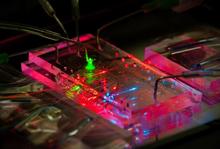
Microfluidic Devices
- Design, create, and operate microfluidic devices to precisely control the flow and filtration of nanoscale viral particles.
- Ensure the reliability and accuracy of particle positioning over the imaging sensor through the implementation of advanced microfluidic techniques.
- Design and build chip-based sensing systems for in-line and on-line particle measurements.
- Contact Greg Cooksey or Matthew DiSalvo if interested in joining this project
- Learn about our microfluidic and cytometry projects with the NRC postdoctoral fellowship program

